Home>Renovation & DIY>Home Renovation Guides>How To Calculate Labor For Home Improvement Costs
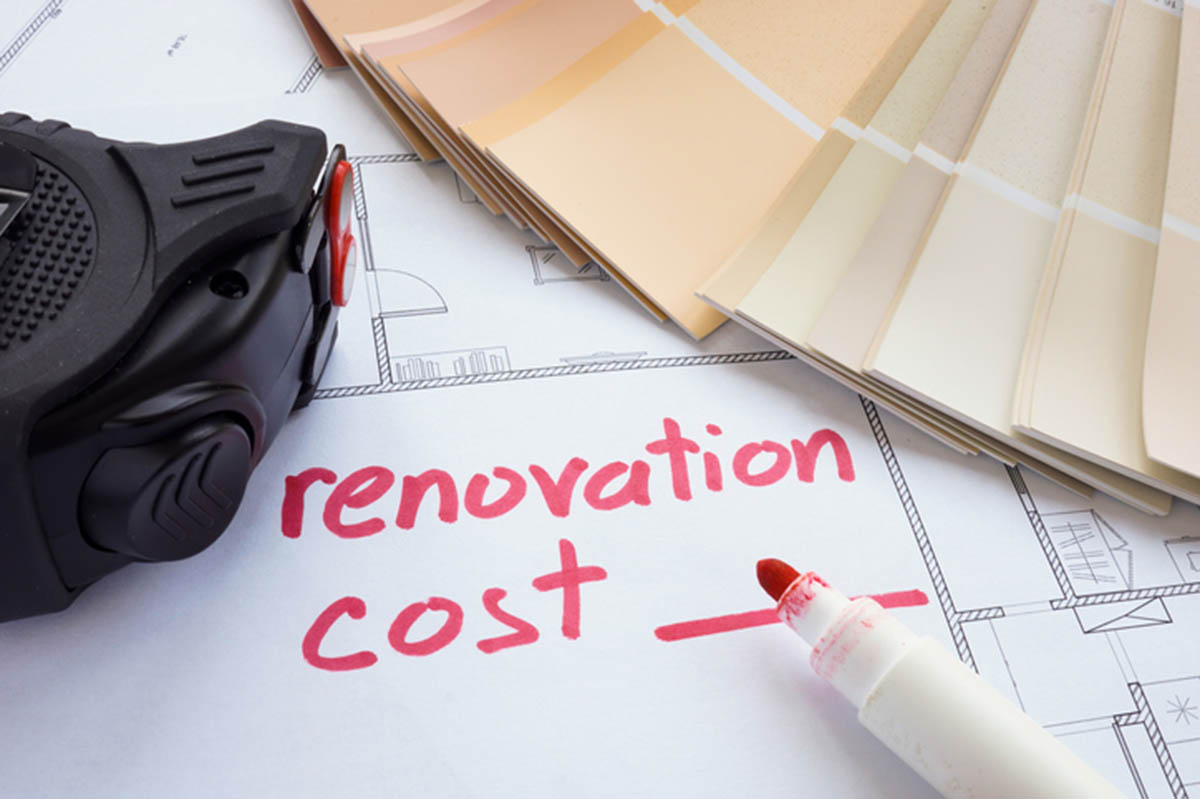

Home Renovation Guides
How To Calculate Labor For Home Improvement Costs
Published: December 22, 2023
Learn how to accurately calculate labor costs for your home renovation project with our comprehensive home renovation guides.
(Many of the links in this article redirect to a specific reviewed product. Your purchase of these products through affiliate links helps to generate commission for Storables.com, at no extra cost. Learn more)
Introduction
Embarking on a home improvement project is an exciting endeavor that can breathe new life into your living space. Whether you're envisioning a kitchen remodel, bathroom renovation, or a complete home overhaul, understanding the intricacies of labor costs is crucial for effective budgeting and project management. In this comprehensive guide, we'll delve into the nuances of calculating labor for home improvement costs, empowering you to navigate this aspect of your project with confidence and clarity.
As you roll up your sleeves to transform your home, it's important to recognize that labor costs constitute a significant portion of your overall budget. While material expenses are tangible and relatively straightforward, labor costs encompass the skill, expertise, and time invested by professionals to bring your vision to fruition. By gaining insight into the factors influencing labor expenses and learning practical strategies for managing these costs, you'll be better equipped to make informed decisions and ensure the successful execution of your home improvement project.
Whether you're a seasoned homeowner familiar with the ebbs and flows of renovation or a first-time renovator eager to enhance your living space, this guide is designed to provide valuable insights and actionable tips. From understanding the intricacies of labor expenses to mastering the art of calculating and managing these costs, we'll embark on a journey that demystifies the often complex world of home improvement labor expenses. Let's dive in and unravel the secrets to effectively calculating labor costs for your next home renovation endeavor.
Key Takeaways:
- Labor costs for home improvement projects are influenced by factors such as project complexity, skilled trades requirements, geographical dynamics, material considerations, and project scheduling. Understanding these elements empowers effective budgeting and project management.
- To manage labor costs, homeowners should focus on detailed project scoping, comprehensive contractor selection, transparent communication, efficient project planning, material and resource management, flexibility, regular progress monitoring, and fostering a collaborative working environment. These practices optimize project budget and ensure successful renovation execution.
Read more: How To Calculate Construction Labor Cost
Understanding Labor Costs
When it comes to home improvement projects, labor costs encompass the expenses associated with hiring professionals to complete the necessary work. These costs are not only influenced by the scope and complexity of the project but also by the skill level and experience of the professionals involved. Understanding labor costs involves delving into the various components that contribute to this aspect of your budget, allowing you to gain clarity and make informed decisions.
Skilled Trades and Specialized Expertise: Labor costs are heavily influenced by the expertise required for specific tasks. For instance, the services of skilled tradespeople such as electricians, plumbers, and carpenters typically command higher hourly rates due to the specialized nature of their work. Additionally, projects that necessitate specialized expertise, such as intricate tile work or custom cabinetry installation, often incur higher labor expenses.
Project Complexity and Time Commitment: The intricacy and scale of your home improvement project play a pivotal role in determining labor costs. Projects that involve extensive demolition, structural modifications, or intricate detailing require a greater time commitment from professionals, consequently impacting labor expenses. Moreover, complex projects may necessitate the involvement of multiple professionals, further contributing to overall labor costs.
Geographical Location and Market Dynamics: Labor costs are also influenced by geographical location and market dynamics. In areas where the cost of living is higher, such as metropolitan regions, labor rates tend to be elevated to align with the economic landscape. Additionally, market demand and the availability of skilled professionals within a specific locale can impact labor costs, with high-demand periods potentially leading to increased hourly rates.
Professional Reputation and Quality of Work: The reputation and track record of professionals also factor into labor costs. Highly regarded professionals with a proven history of delivering exceptional work may command higher rates, reflecting the value they bring to your project. While opting for professionals with a stellar reputation may entail higher labor expenses, the assurance of quality workmanship and reliability can be invaluable in ensuring the success of your home improvement endeavor.
By comprehensively understanding the intricacies of labor costs, from the influence of specialized expertise and project complexity to geographical dynamics and professional reputation, you can navigate this aspect of your budget with confidence. Armed with this knowledge, you'll be well-equipped to embark on the journey of calculating and managing labor costs for your home improvement project.
Factors Affecting Labor Costs
As you delve into the realm of home improvement projects, it’s essential to grasp the multifaceted factors that influence labor costs. By understanding these influential elements, you can effectively anticipate, plan for, and manage the labor expenses associated with your renovation endeavor.
Project Scope and Complexity: The scope and complexity of your home improvement project are pivotal determinants of labor costs. Projects that involve extensive structural modifications, intricate detailing, or specialized craftsmanship typically require a greater investment of time and expertise, consequently impacting labor expenses. Additionally, the scale of the project, whether it’s a small-scale bathroom renovation or a comprehensive whole-home remodel, significantly influences the overall labor costs.
Skilled Trades and Specialized Expertise: The need for skilled tradespeople and specialized expertise directly impacts labor costs. Tasks that require the services of professionals such as electricians, plumbers, HVAC technicians, and carpenters often command higher hourly rates due to the specialized nature of their work. Similarly, projects that demand specialized craftsmanship, such as custom woodworking or artisanal tiling, incur elevated labor expenses due to the expertise involved.
Geographical Location and Market Dynamics: Labor costs are intricately linked to geographical location and market dynamics. In regions with a higher cost of living, such as urban centers, labor rates tend to be elevated to align with the economic landscape. Moreover, market demand and the availability of skilled professionals within a specific locale can impact labor costs, with high-demand periods potentially leading to increased hourly rates.
Material and Tool Requirements: The material and tool requirements for your project can also influence labor costs. Projects that involve working with specialized materials, intricate finishes, or custom elements may necessitate additional time and expertise from professionals, thereby contributing to higher labor expenses. Similarly, tasks that require the use of specialized tools or equipment may incur supplementary charges, further impacting overall labor costs.
Project Timeline and Scheduling: The timeline and scheduling of your home improvement project play a crucial role in labor costs. Projects that require expedited timelines or specific scheduling accommodations may incur additional expenses, as professionals may need to allocate additional resources or adjust their workflow to meet the project’s requirements. Moreover, seasonal fluctuations and high-demand periods within the construction and renovation industry can influence labor costs, especially during peak seasons.
By recognizing the influential factors that shape labor costs, including project scope, skilled trades requirements, geographical dynamics, material considerations, and project scheduling, you can proactively assess and manage labor expenses as an integral component of your home improvement budget. This comprehensive understanding empowers you to navigate the intricacies of labor costs with foresight and strategic planning, ensuring the successful execution of your renovation project.
When calculating labor costs for home improvement, consider the type of work, the hourly rate of the contractor, and the estimated time to complete the project. Don’t forget to account for any additional materials or equipment needed for the job.
Calculating Labor Costs for Home Improvement Projects
As you embark on a home improvement project, accurately calculating labor costs is fundamental to developing a comprehensive budget and ensuring the successful execution of your renovation endeavor. By methodically assessing the various elements that contribute to labor expenses, you can gain clarity and insight into this crucial aspect of your project’s financial framework.
Hourly Rates and Project Estimates: One of the primary methods of calculating labor costs involves understanding the hourly rates of the professionals involved in your project. Skilled tradespeople such as electricians, plumbers, and carpenters typically charge hourly rates commensurate with their expertise and the complexity of the tasks at hand. By obtaining detailed project estimates from professionals and aligning them with the anticipated duration of the project, you can derive an initial assessment of labor expenses.
Specialized Expertise and Task Complexity: Projects that necessitate specialized expertise and intricate craftsmanship often involve higher labor costs. When calculating labor expenses, it’s imperative to account for the specialized skills and expertise required for tasks such as custom cabinetry installation, artisanal tiling, or intricate finish work. Evaluating the complexity and intricacy of each task allows for a more accurate assessment of the associated labor costs.
Material and Tool Requirements: The material and tool requirements for your home improvement project can significantly influence labor costs. Tasks that involve working with specialized materials, custom finishes, or intricate detailing may require additional time and expertise from professionals, consequently impacting labor expenses. By aligning material and tool requirements with the expertise and time investment of professionals, you can derive a comprehensive understanding of the labor costs associated with these elements.
Geographical Dynamics and Market Rates: Geographical location and market dynamics play a pivotal role in determining labor costs. Professionals operating in regions with a higher cost of living and increased market demand often command elevated hourly rates. When calculating labor expenses, it’s essential to consider the geographical nuances and market rates prevalent in your project’s location, allowing for a more accurate estimation of labor costs.
Project Timeline and Scheduling Considerations: The timeline and scheduling of your home improvement project can impact labor costs. Projects that require expedited timelines, specific scheduling accommodations, or adherence to seasonal fluctuations within the construction industry may incur additional expenses. By factoring in the project timeline and scheduling considerations, you can develop a comprehensive understanding of the labor costs associated with the project’s temporal dynamics.
By systematically evaluating the hourly rates of professionals, specialized expertise requirements, material considerations, geographical dynamics, and project scheduling nuances, you can methodically calculate labor costs for your home improvement project. This meticulous approach empowers you to develop a comprehensive budget, anticipate potential expenses, and effectively manage labor costs as an integral component of your renovation endeavor.
Tips for Managing Labor Costs
Effectively managing labor costs is essential for ensuring the financial success and seamless execution of your home improvement project. By implementing strategic approaches and leveraging practical tips, you can navigate the intricacies of labor expenses while optimizing your project’s budget and timeline.
1. Detailed Project Scope and Specifications: Clearly defining the scope and specifications of your home improvement project is paramount for managing labor costs. By providing detailed project requirements and specifications to professionals, you can minimize potential misunderstandings and ensure that labor expenses align with the project’s intricacies.
2. Comprehensive Contractor Selection: When engaging professionals for your project, opt for a comprehensive contractor selection process. Seek multiple quotes and proposals from reputable professionals, evaluating their expertise, track record, and proposed labor costs. This approach allows you to make informed decisions and select professionals whose services align with your project’s requirements and budget.
3. Transparent Communication and Expectation Setting: Establishing transparent communication and setting clear expectations with professionals is crucial for managing labor costs. Clearly articulate your project’s requirements, timeline, and budget constraints, fostering a collaborative and informed working relationship that aligns with your financial parameters.
4. Efficient Project Planning and Scheduling: Efficient project planning and scheduling play a pivotal role in managing labor costs. By optimizing the project timeline, minimizing downtime, and streamlining the workflow, you can maximize the productivity of professionals and mitigate unnecessary labor expenses associated with inefficiencies.
5. Material and Resource Management: Thoughtful material and resource management contribute to effective labor cost management. By ensuring the availability of necessary materials, tools, and resources at the appropriate project stages, you can optimize the efficiency of professionals and minimize potential delays or additional labor expenses.
6. Flexibility and Contingency Planning: Embracing flexibility and incorporating contingency planning into your project strategy can help manage unexpected labor costs. Anticipating potential contingencies, such as unforeseen structural issues or material delays, allows you to proactively address challenges without unduly impacting labor expenses.
7. Regular Progress Monitoring and Oversight: Regularly monitoring the progress of your home improvement project and providing oversight can help manage labor costs. By staying informed about the project’s status, addressing any potential deviations from the planned labor expenses, and proactively resolving challenges, you can maintain financial control and project efficiency.
8. Collaboration and Professional Collaboration: Foster a collaborative and professional working environment with the professionals involved in your project. By nurturing a respectful and cooperative relationship, you can optimize communication, streamline workflow, and foster an environment conducive to efficient labor cost management.
By implementing these tips and adopting a proactive, strategic approach to managing labor costs, you can navigate the financial intricacies of your home improvement project with confidence and precision. These practices empower you to optimize your project’s budget, maximize the value of labor expenses, and ensure the successful realization of your renovation vision.
Conclusion
Embarking on a home improvement project is a transformative journey that encompasses creativity, vision, and meticulous planning. As you navigate the intricate landscape of labor costs, it’s essential to approach this aspect of your project with insight, strategy, and a comprehensive understanding of the influential factors at play.
By delving into the nuances of labor costs and comprehensively understanding the multifaceted elements that shape this aspect of your budget, you empower yourself to make informed decisions, anticipate potential expenses, and effectively manage the financial dynamics of your renovation endeavor.
From recognizing the impact of specialized expertise and project complexity to navigating geographical nuances, material considerations, and project scheduling, you gain a holistic perspective on labor costs. This comprehensive understanding serves as a cornerstone for developing a comprehensive budget, fostering transparent communication with professionals, and optimizing the financial success of your project.
By implementing strategic tips for managing labor costs, including detailed project scoping, comprehensive contractor selection, transparent communication, and efficient project planning, you create a framework that aligns labor expenses with your project’s requirements and financial parameters. Embracing flexibility, fostering collaboration, and incorporating contingency planning further fortify your ability to navigate potential challenges and unexpected expenses with resilience and foresight.
Ultimately, the effective management of labor costs is instrumental in realizing the vision of your home improvement project while maintaining financial control and project efficiency. By leveraging these insights, tips, and strategies, you position yourself to embark on a transformative renovation journey with confidence, clarity, and the ability to navigate the financial intricacies with precision.
As you breathe new life into your living space and witness your renovation vision come to fruition, may the comprehensive understanding and strategic approaches outlined in this guide serve as valuable companions, empowering you to navigate labor costs with finesse and achieve the successful realization of your home improvement aspirations.
Frequently Asked Questions about How To Calculate Labor For Home Improvement Costs
Was this page helpful?
At Storables.com, we guarantee accurate and reliable information. Our content, validated by Expert Board Contributors, is crafted following stringent Editorial Policies. We're committed to providing you with well-researched, expert-backed insights for all your informational needs.
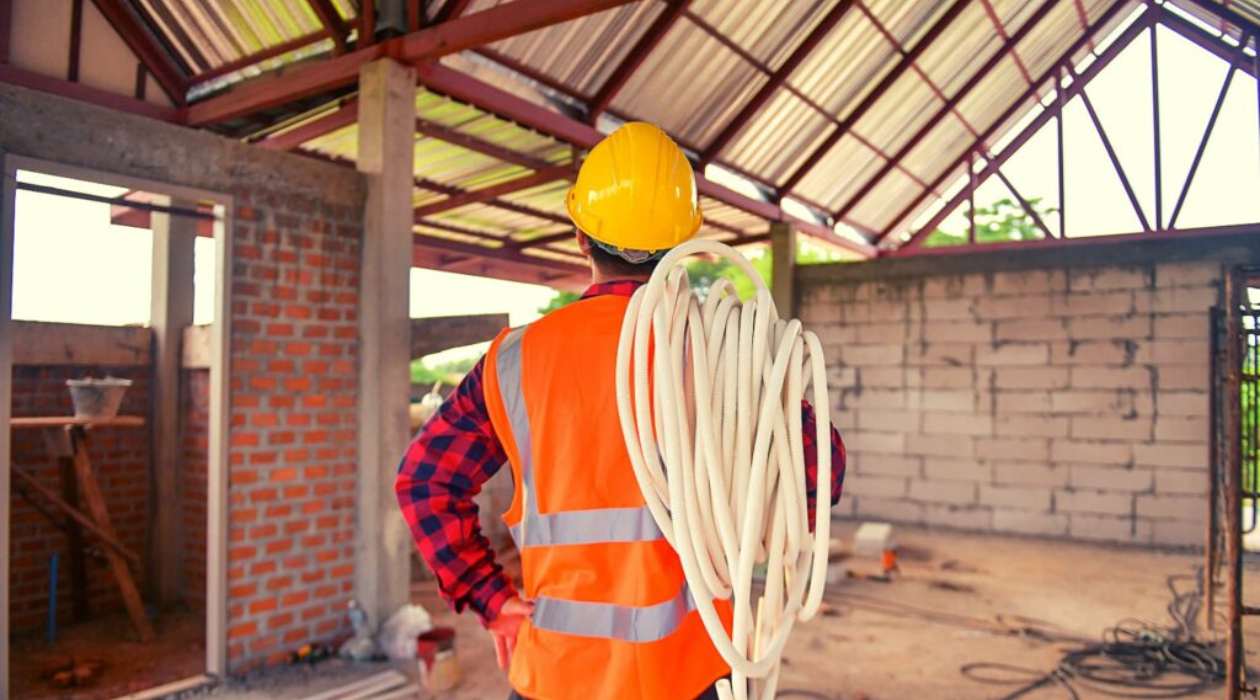

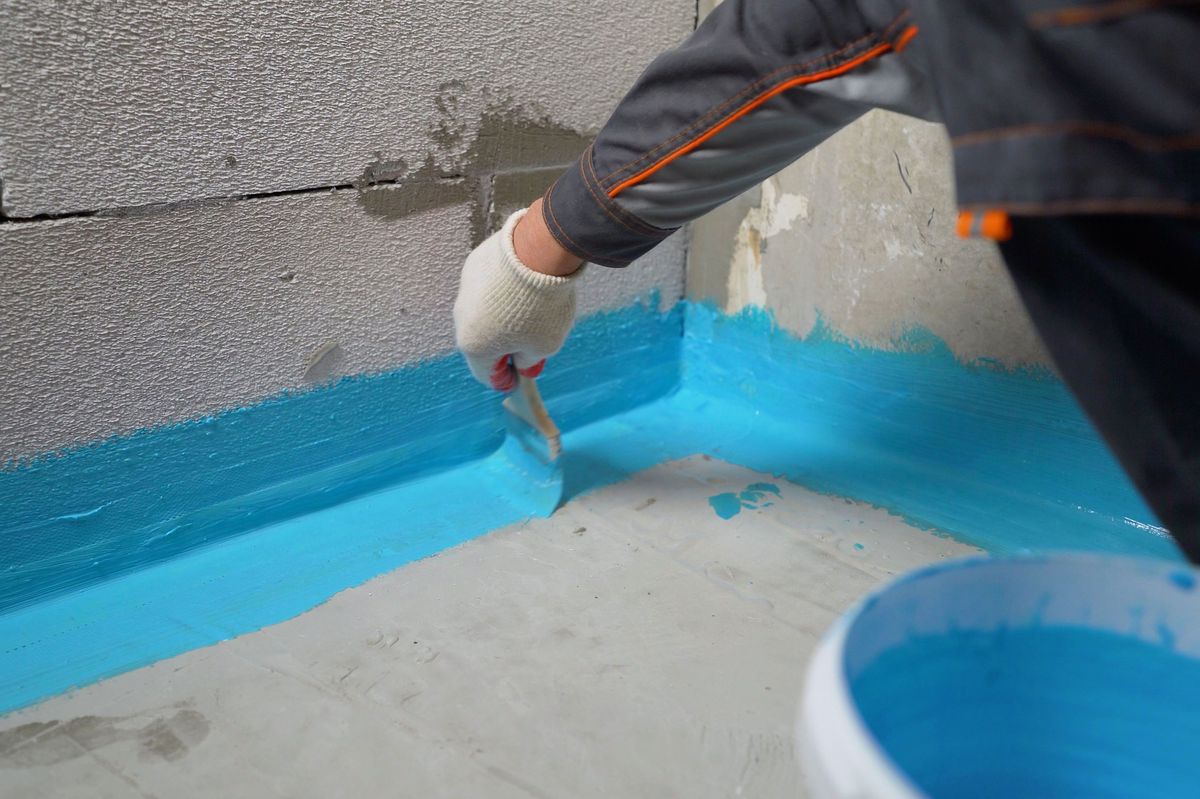



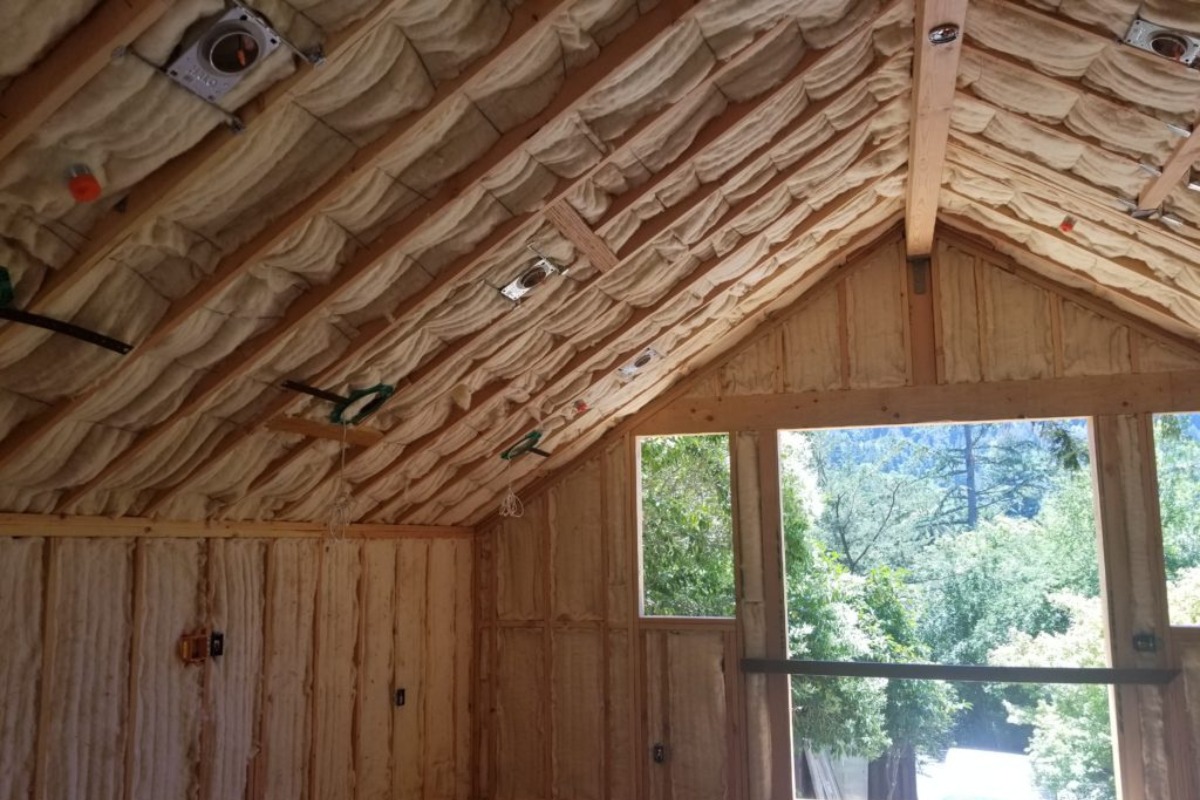

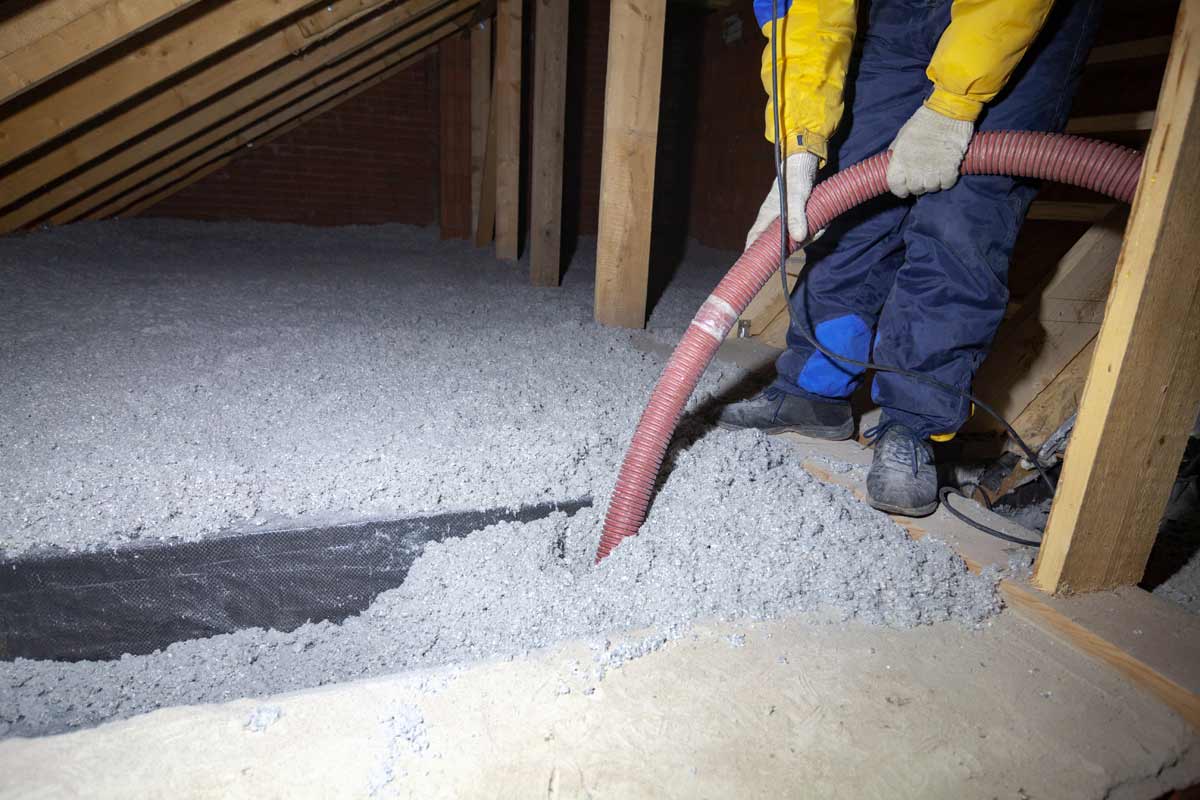




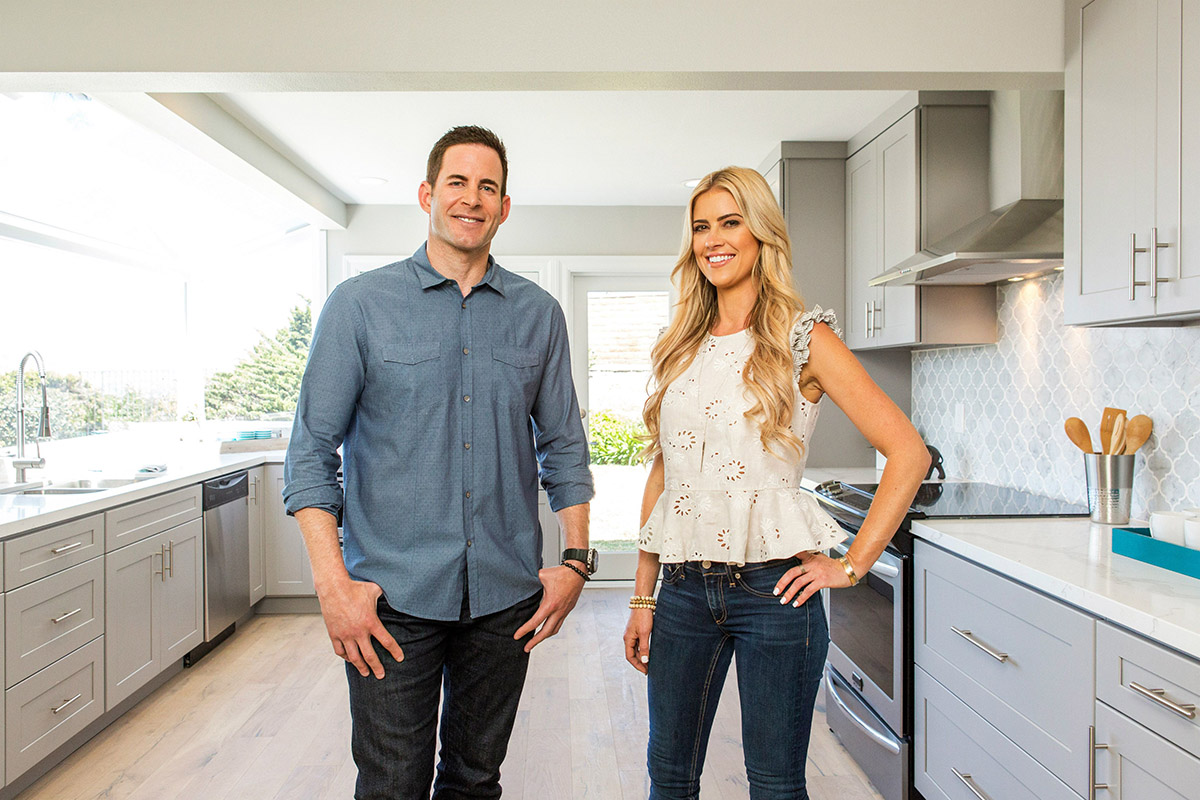

0 thoughts on “How To Calculate Labor For Home Improvement Costs”